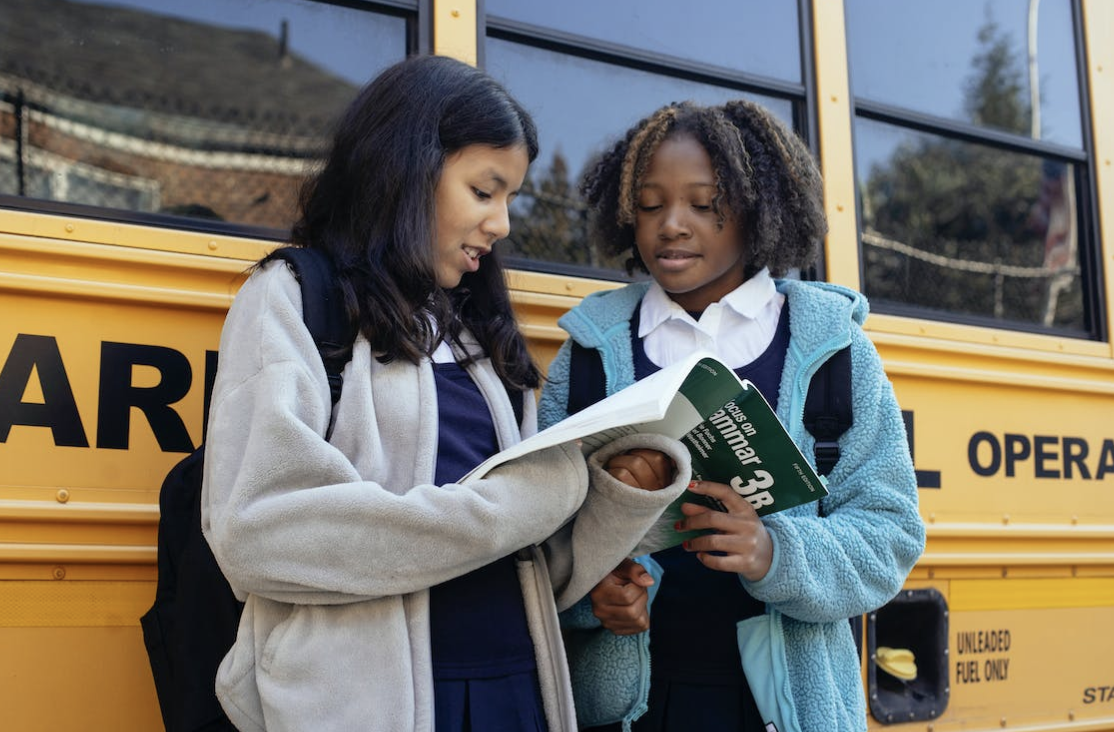6 Ways You Can Make Sure Your Kids Are Safe At School

As parents, we want our kids to be safe and secure while they’re at school. Unfortunately, there are no guarantees when it comes to child safety in the classroom or on the playground. But there are steps you can take as a parent to help ensure your child is protected from harm while at school. In this article, we will discuss six ways that you can make sure your children stay safe and secure during their time away from home. It's essential to consider various safety measures, including discussions with school authorities and exploring advanced safety gear options like children's bulletproof vest, though these decisions require careful consideration and consultation with experts.
From talking with teachers and administrators about security protocols to making sure your kids know how to respond in an emergency situation, these tips will help keep your little ones out of danger while they learn and have fun at school.
1. Talk to School Administrators
Make sure you take the time to speak with your child’s teachers and school administrators about safety protocols. Inquire about the measures taken by the school to ensure student safety, such as providing staff with training on preventing bullying or recruiting extra security personnel. It’s also important to know how the school will respond in an emergency situation, such as an active shooter or natural disaster. A lot of people feel more secure simply knowing that the school is taking proactive steps to protect their students.
2. Getting the Right Backpack for Your Child
The right backpack can make a world of difference when it comes to keeping your child safe. Make sure that the straps are adjustable and the bag is not overloaded with heavy books and supplies. A well-fitted backpack will help prevent back pain and other injuries resulting from carrying too much weight. You should also consider protective backpacks for adults and kids, which feature bulletproof padding. The protection may be invaluable in some cases, and you can rest assured that your child is protected in their studies and activities.
3. Stay Connected
Establishing a relationship with your child’s teachers and the school staff can help you stay informed about any changes in safety protocols or procedures. It’s also important to keep an open dialogue with your child so that you can identify any issues they may be having, such as bullying or peer pressure.
Moreover, make sure your child knows how to contact you at any time in case of an emergency. It’s also a good idea to discuss with them what they should do if they feel unsafe or uncomfortable while at school. The more connected you are with your child, the better prepared they’ll be to handle any situation that arises.
4. Monitor Social Media
Monitoring your child’s social media activity can help you be aware of any potential dangers they may be exposed to, such as cyberbullying or sexting. You can also use the information from their posts to get a better understanding of how they are interacting with peers in and out of school. A lot of schools now have policies against cyberbullying, and taking the time to check your child’s social media can help you ensure they are following these guidelines.
On the other hand, social media can also be a great way for you to stay informed about events and activities at the school that may affect your child’s safety. Many schools now use social media as a tool to alert parents of any issues or emergencies, so it’s important to make sure you are connected with the school on these platforms.
5. Educate Your Child
Teaching your kids about potential threats in a way that isn’t too scary is important. It’s essential for them to know what to do if they are ever in danger or feel unsafe. Ensure that they are aware of the importance of promptly reporting any problems to a teacher or adult and have a clear understanding that any form of bullying is absolutely unacceptable. It’s also important for them to understand the importance of notifying an adult if something looks out of place, such as a suspicious person on campus or an unattended backpack.
6. Create an Emergency Plan
In the event of a crisis situation, it’s important to have a plan in place for what your child should do if they need to evacuate the school or take shelter. Make sure you talk with them about the best route out of their classroom and any safe places on campus where they can go if needed. It’s also important to discuss what they should do if they are separated from their family or teacher during an emergency. Creating a plan with your child and practicing it regularly can help ensure that they know how to respond in the event of an unexpected crisis.
Keeping your children safe at school is a top priority for any parent. Taking the time to talk with teachers and administrators, getting the right backpack for your child, staying connected to their activities, monitoring their social media use, educating them on potential threats and creating an emergency plan are all essential steps in helping ensure that your kids remain secure while they learn and play. By taking these proactive measures you can rest easy knowing that you’ve done everything in your power to keep your little ones out of harm's way during their time away from home.






